1. Rambutan 红毛丹 (Hóngmáodān)
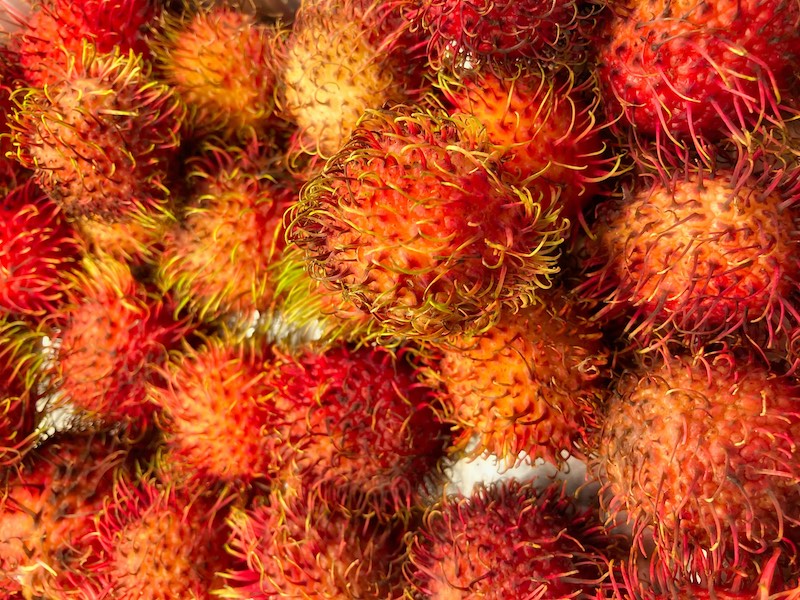
Once the rambutan’s hairy exterior is peeled away, its deliciously sweet and sticky flesh is revealed inside, with a large woody seed in the middle. This is a relative of lychee and longan as we will see later, and has a hairy exterior. Once the red skin is peeled it reveals a strikingly similar lychee-like interior, deliciously sweet and sticky flesh that tastes grape-like. It can be eaten cooked or fresh. The seed is actually edible after cooked.
2. Durian 榴莲 (Liúlián)
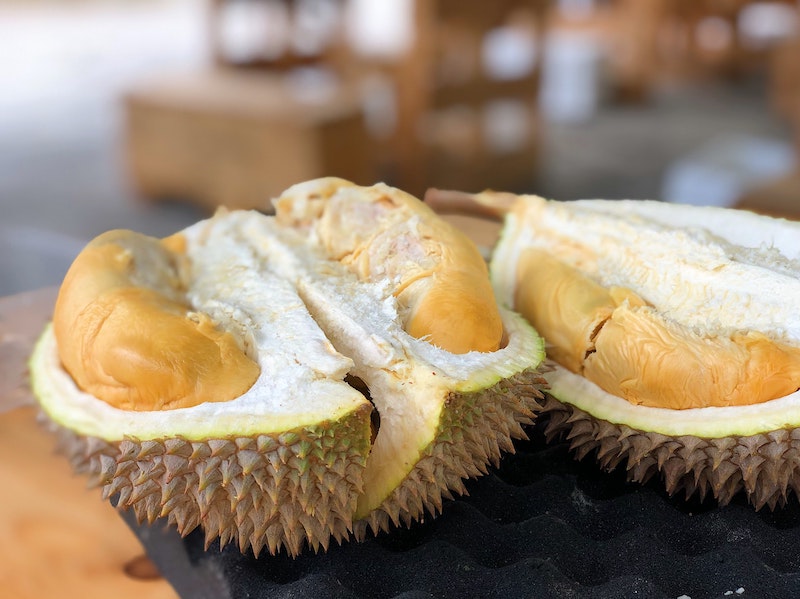
The durian is one of the most unusual fruits in the world due to its smell and look. This fruit is revered in Southeast Asia as the King of Fruits, and is so loved and or hated by people that it can be referred to as the Marmite of fruits. Renowned for its pungent smelly odour, it’s actually been banned from Singapore’s subway/metro. Yet many Chinese people can’t get enough of its texture and rich flesh. It’s so popular that in China, there are candies made in durian flavor. In fact, there are even restaurants in China that serve durian pizzas! However, don’t eat too much, because according to traditional Chinese medicine it could burn your insides and set you alight! The thorn covered husk along with its pungent odour is the hallmark of the durian.
3. Bayberry 杨梅 (Yángméi)
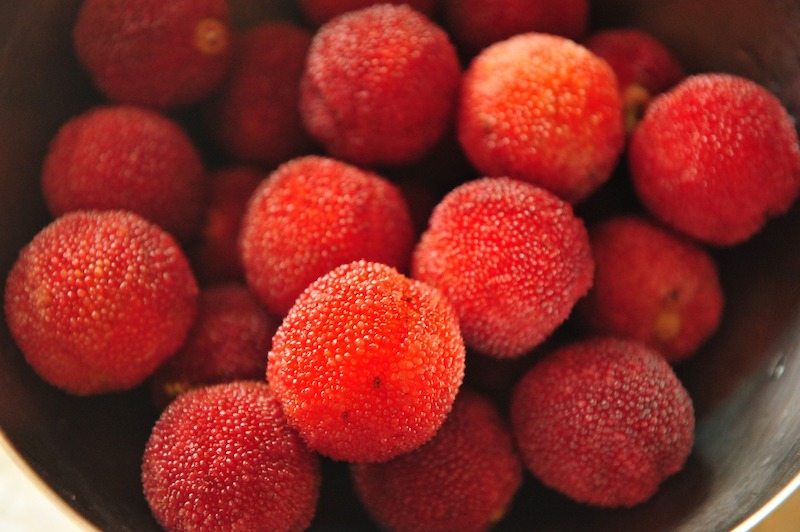
This fruit is native to China and is known as the bayberry. It’s a Chinese strawberry by its scientific name, Myrica rubra. Its exterior is spiky and red and is completely edible with a pit in the centre. There are various ways to fully utilize the bayberry – it can be eaten fresh, dried or fermented to make baijiu, a Chinese liquor. (Check out our Facebook or Instagram to see our video about Chinese Baijiu.)
4. Buddha’s Hand 佛手 (Fóshǒu)
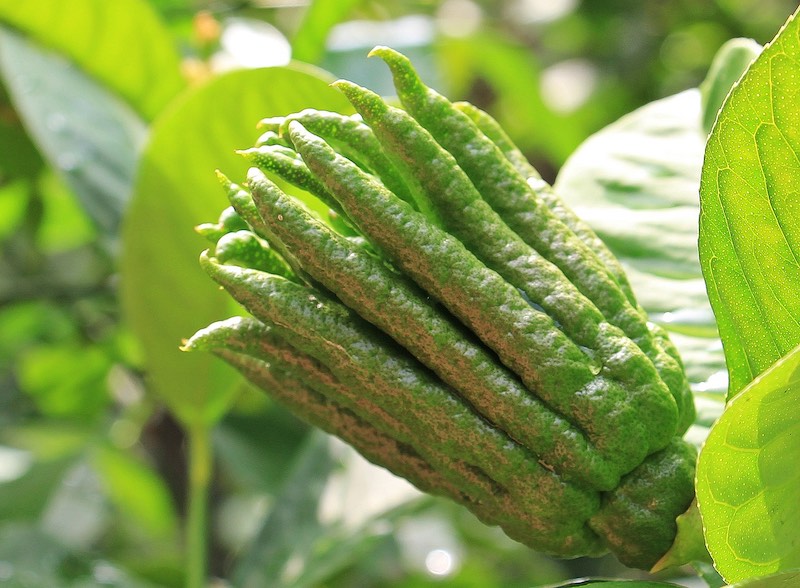
5. Lychee 荔枝 (Lìzhī)
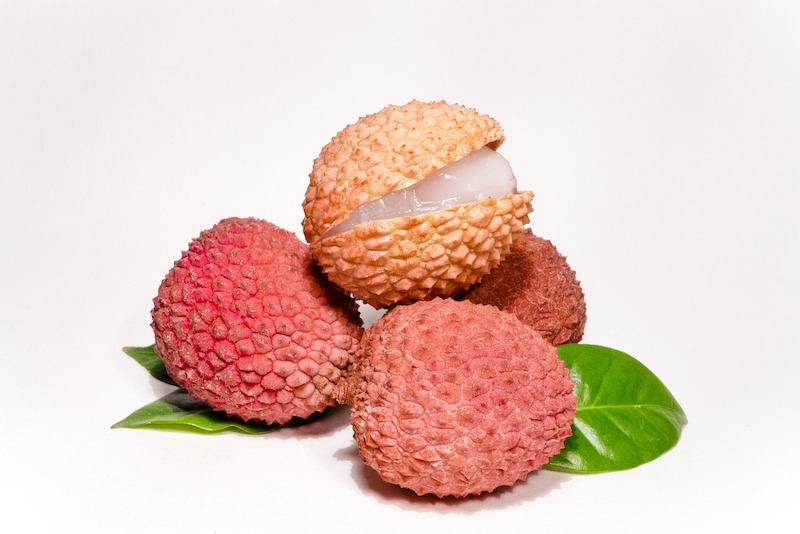
6. Dragon Fruit 火龙果(Huǒlóngguǒ)
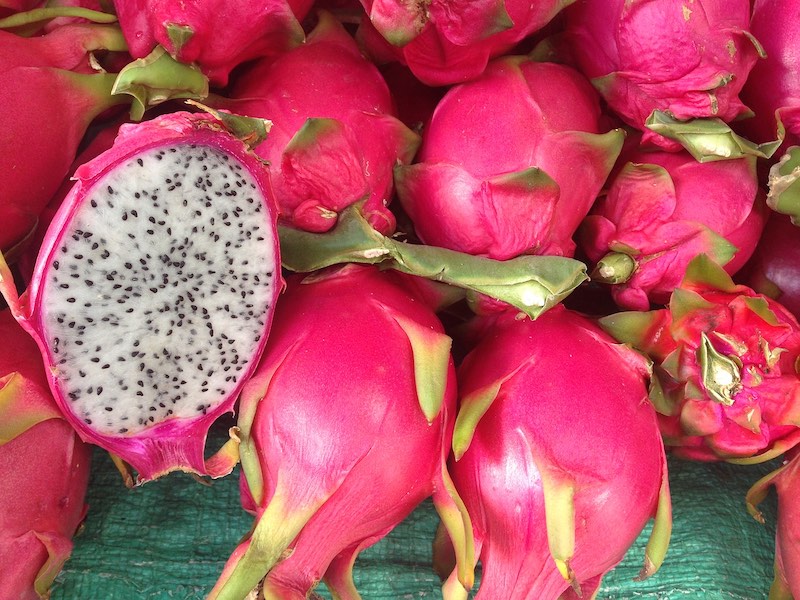
7. Mangosteen 山竹 (Shānzhú)
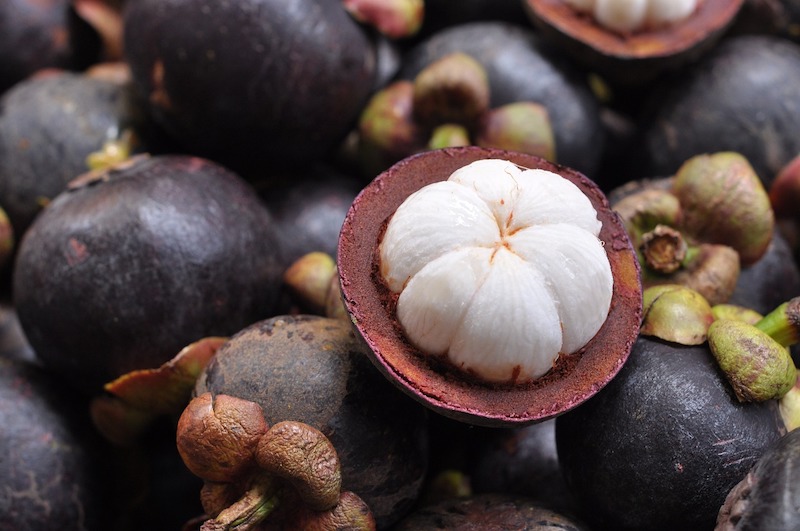
8. Longan 龙眼 (Lóngyǎn)
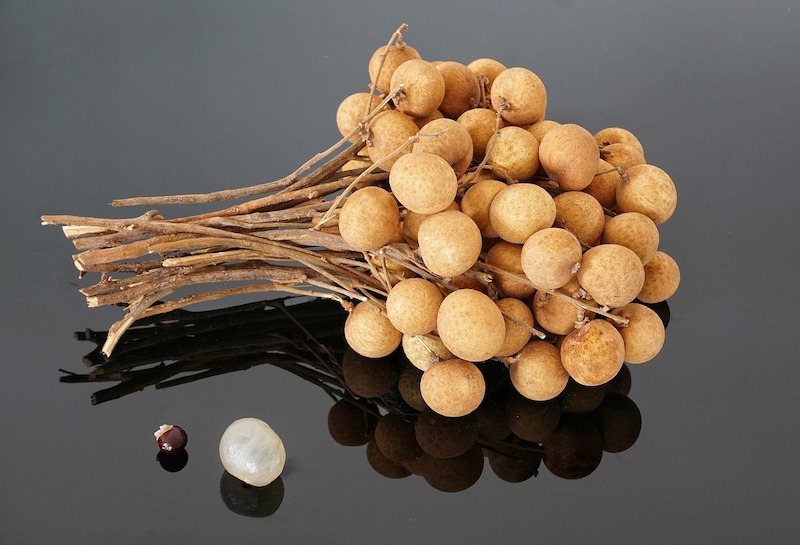
So next time your shopping around a fruit stall or market in China, or even Chinatown for that matter, look out for some of these unusual fruits and give them a try!








0 Comments